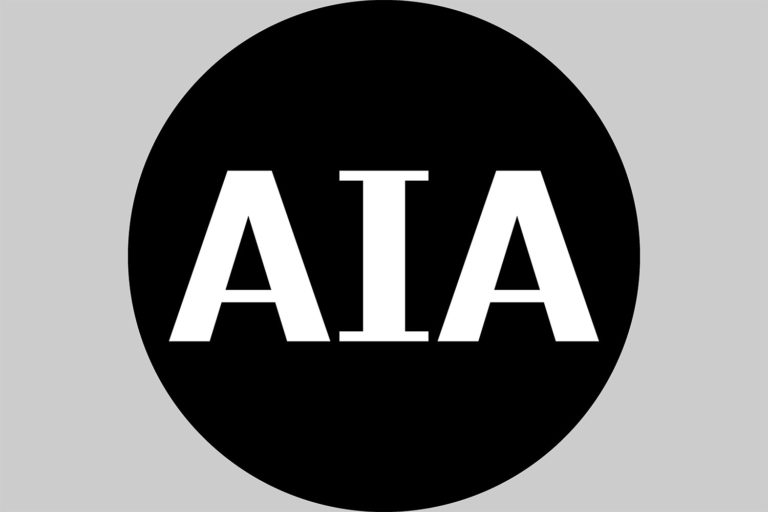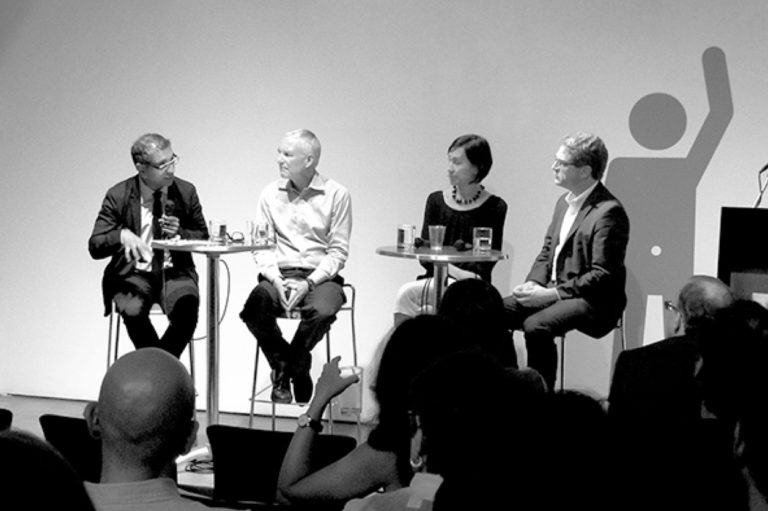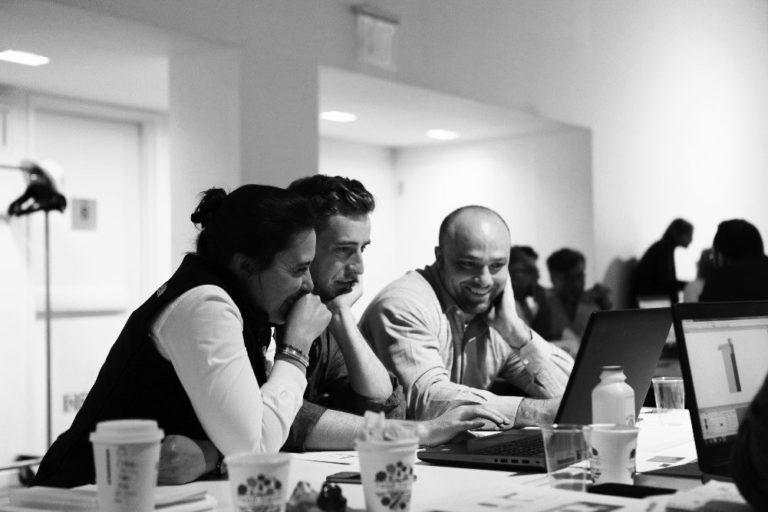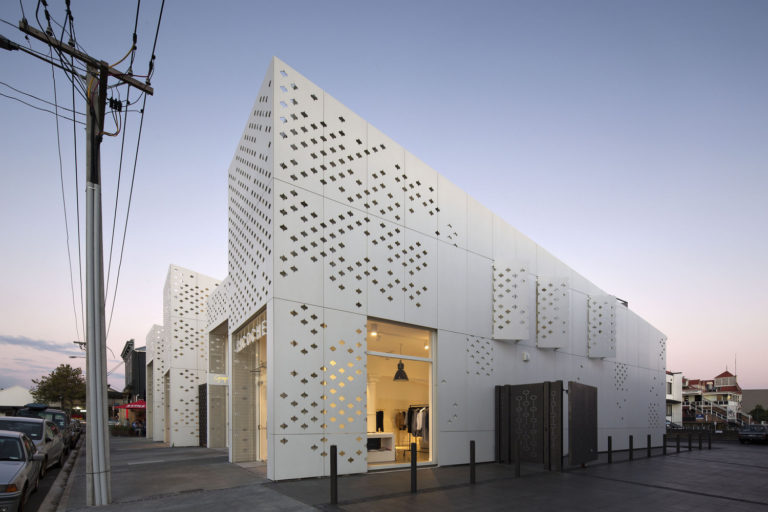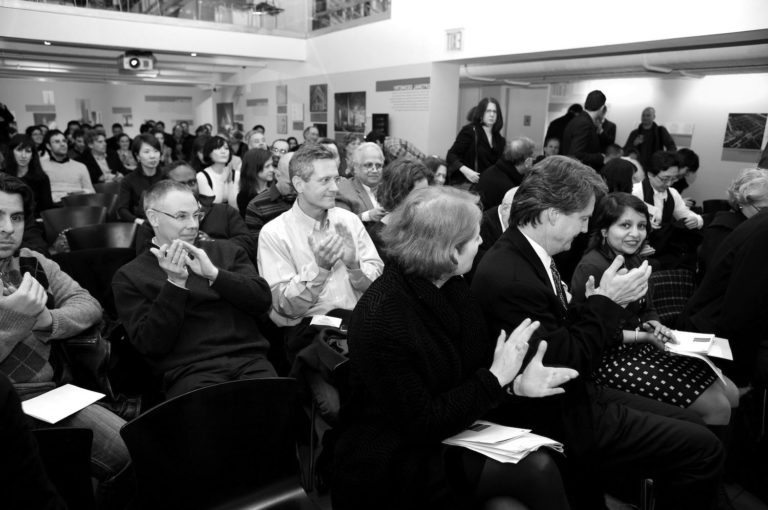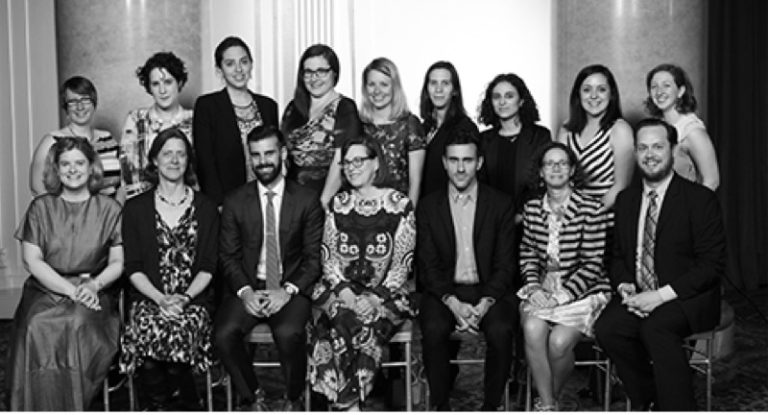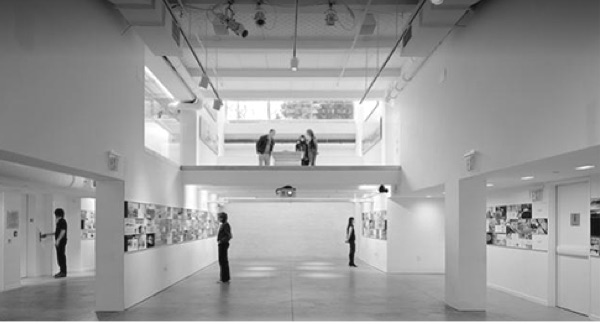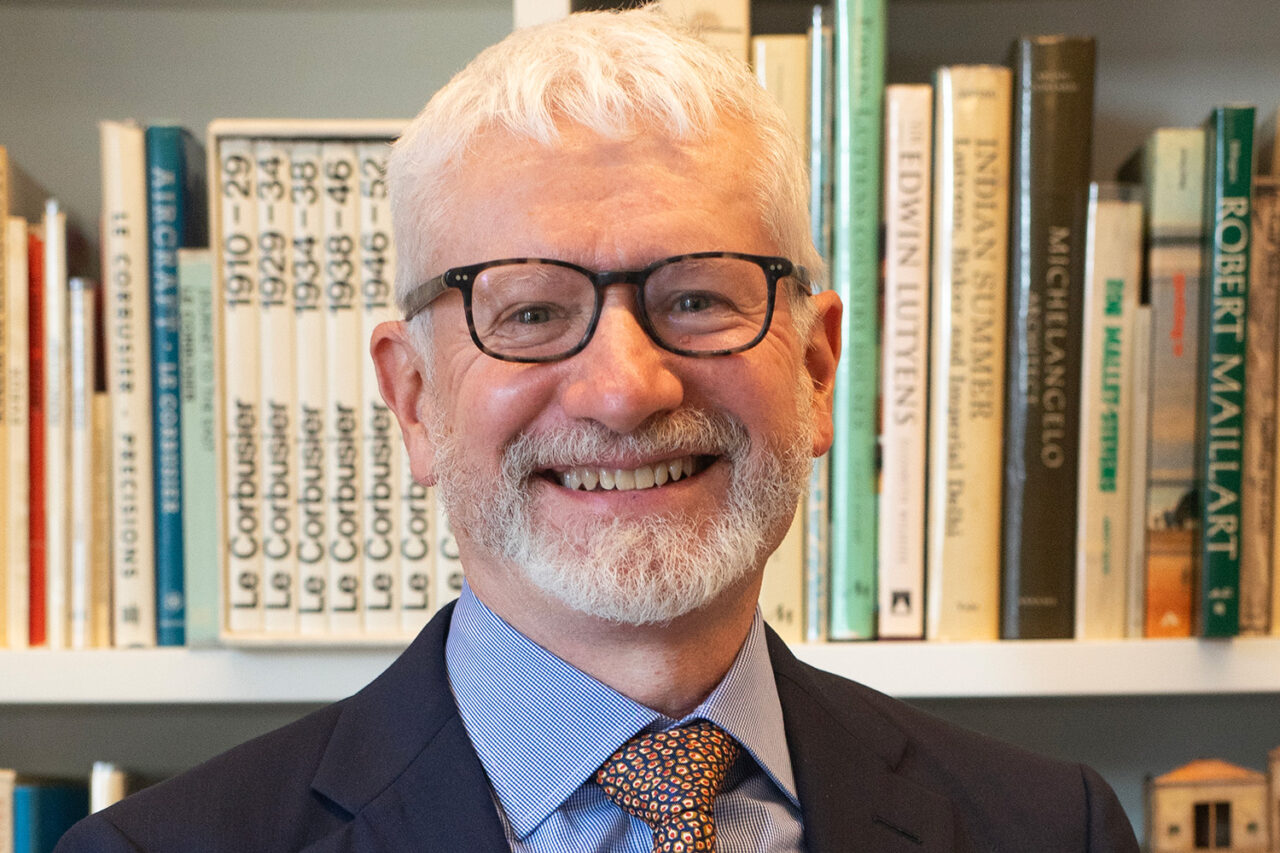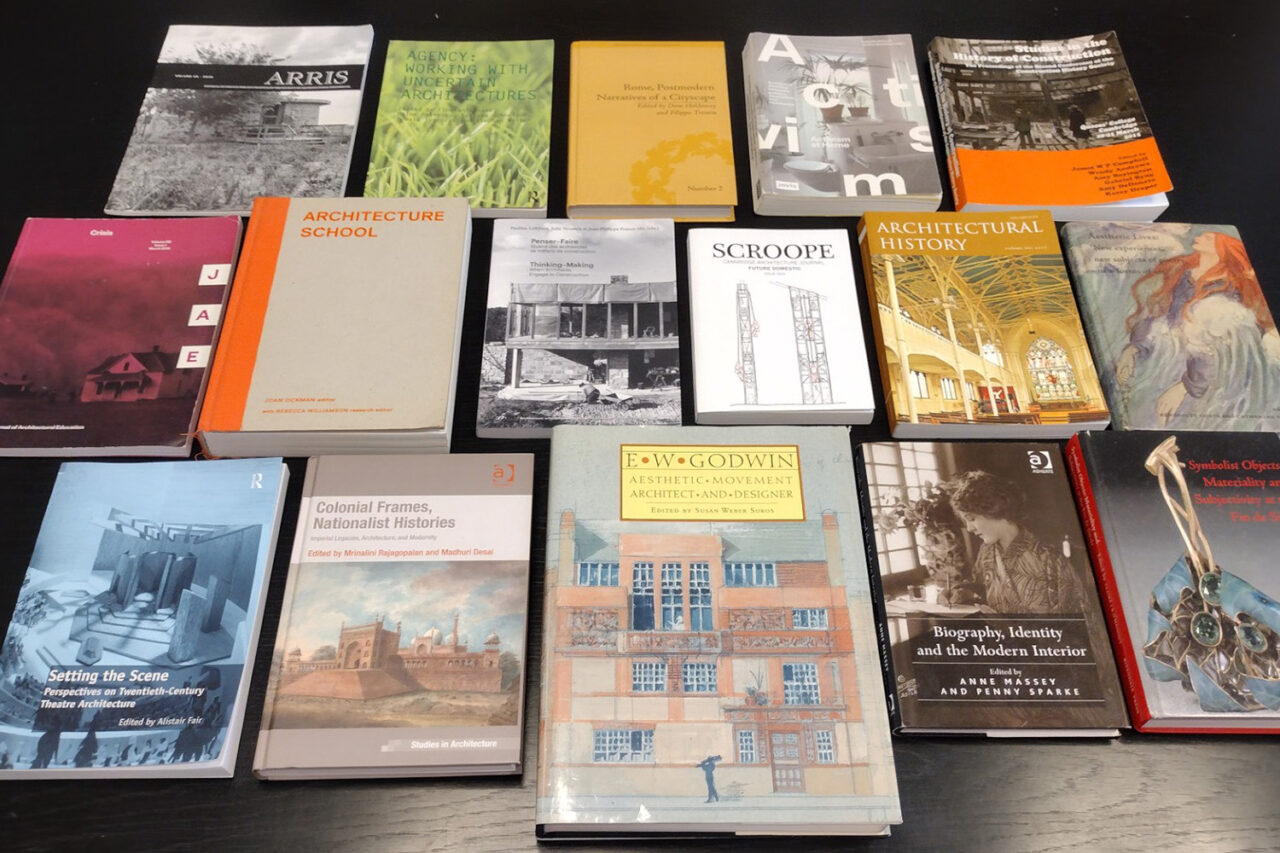by: AIA New York
For 35 years, Richard W. Hayes, FAIA, has combined scholarship with architectural practice. While working for prominent design firms in New York, Hayes has earned acclaim for his scholarship on American architectural education and British design. Currently an architect and architectural historian at Alexander Gorlin Architects and previously at Rafael Viñoly Architects and PBDW Architects, Hayes attended Columbia and Yale universities. His scholarship focuses on American architectural education and British design. He authored The Yale Building Project: The First 40 Years (Yale University Press, 2007), a comprehensive history of the country’s oldest, continuous design-build studio. Hayes also wrote articles on Yale’s program in Agency: Working with Uncertain Architectures (Routledge, 2010) and Thinking-Making: When Architects Engage in Construction (Brussels, 2021). Hayes also wrote the chapter on design-build education for Architecture School: Three Centuries of Educating Architects in North America (MIT, 2012), edited by Joan Ockman.
His publications on British architecture include chapter in E.W. Godwin: Aesthetic Movement Architect and Designer (Yale, 1999), edited by Susan Weber Soros. The book received numerous awards and was selected as “one of the most notable books of the year” by The New York Times. Since then, Hayes has published six additional articles on Godwin. In a career combining practice and research, Hayes has received numerous grants, awards, and scholarships, including a 2019 Brunner Grant from AIA New York. A Visiting Fellow at the University of Cambridge in 2009 and 2013, he is now a life member of Clare Hall.
This year, the Jury of Fellows of the AIA elevated Hayes to its prestigious College of Fellows in the sixth category of Fellowship, which recognizes architects who have made efforts “to advance the science and art of planning and building by advancing the standards of architectural education and training,” according to the organization’s definition. Only three percent of the AIA’s membership is distinguished with Fellowship. Hayes’ distinction will be celebrated at the AIA Conference on Architecture from June 4–7 in Boston, MA, and was also recognized at AIA New York’s Center for Architecture during the 2025 New Fellows Celebration on Wednesday, March 19, from 6:00–8:00pm.
Q: How/why did you decide to pursue architecture?
I was originally a French major at Columbia and I could have graduated in three years. I decided the stay the full four years and took courses in the Columbia/Barnard architecture program. Teachers like Mary McLeod, Robert A.M. Stern, and David DeLong inspired me to pursue architecture since all of them combined practice with research, writing, and teaching. Architecture seemed like an ideal field in which you could fuse a public career having a strong artistic side with scholarly interests.
Q: Do you have a favorite building? Why?
One of my favorite buildings is the combined house and studio that E.W. Godwin designed for the expatriate American artist James Whistler in London in 1877. Unfortunately, it has since been demolished but it was one of the most remarkable residential designs of its era, described by historian Nikolaus Pevsner as “original, challenging, witty.” What particularly interests me is how Godwin achieved a powerful design using only the most basic of architectural elements: a brick facade, tile roof, and a variety of window and door openings. Godwin skillfully used the windows to express interior functions and to create a near-abstract composition of interlocking rectangles.
Q: What do you see as an architect’s role—and responsibility—within our culture?
Design skills are the essence of what architects bring to the table. Denise Scott Brown has written thoughtfully about the need for architects to engage with professionals from different fields while acknowledging that we are the ones who can contribute primarily through our training in design and experience in the practicalities of building.
Q: What are your thoughts on architectural education today?
I wrote a history of the oldest design-build studio in an American school of architecture—Yale’s First-Year Building Project (now called the Jim Vlock Building Project). It was Charles Moore who initiated Yale’s course in 1967, when he took the entire first-year class to an isolated rural hamlet in Kentucky to build a community center they had designed. I admire Yale’s program very much as I do the many design-build studios that have arisen over the past 60 years. I think they are especially important today as technology—including social media—can often separate us from reality. After publication of my book in 2007, Joan Ockman asked me to write a survey of design-build pedagogy for the volume on architectural education in North America that she edited in 2012. In the course of my research, I was pleased to learn about the diversity of these studios and their shared focus on connecting community service with hands-on learning. I also think that these programs are generally positive experiences for the students since they usually get to spend a spring or summer on a building site, interacting with their classmates, enjoying group meals—and have a real product to show at the end!
Q: What are your greatest sources of inspiration?
Wearing my hat as a scholar and writer, I am always inspired by architectural historian Sir John Summerson (1904–92). He was both a brilliant scholar and stylish writer. I was very fortunate to study with two teachers who also united exemplary scholarship with eloquence: Vincent Scully at Yale, and Robin Middleton at Columbia. So, reading their books and essays is inspiring.
Editors’ Note: This feature is part of a series celebrating the members of the American Institute of Architects (AIA) New York Chapter who are elevated each year to the AIA College of Fellows, an honor awarded to members who have made significant contributions to both the profession and society. Learn more about Fellowship here.
